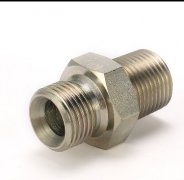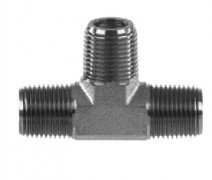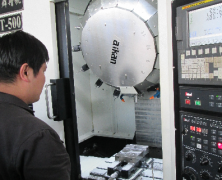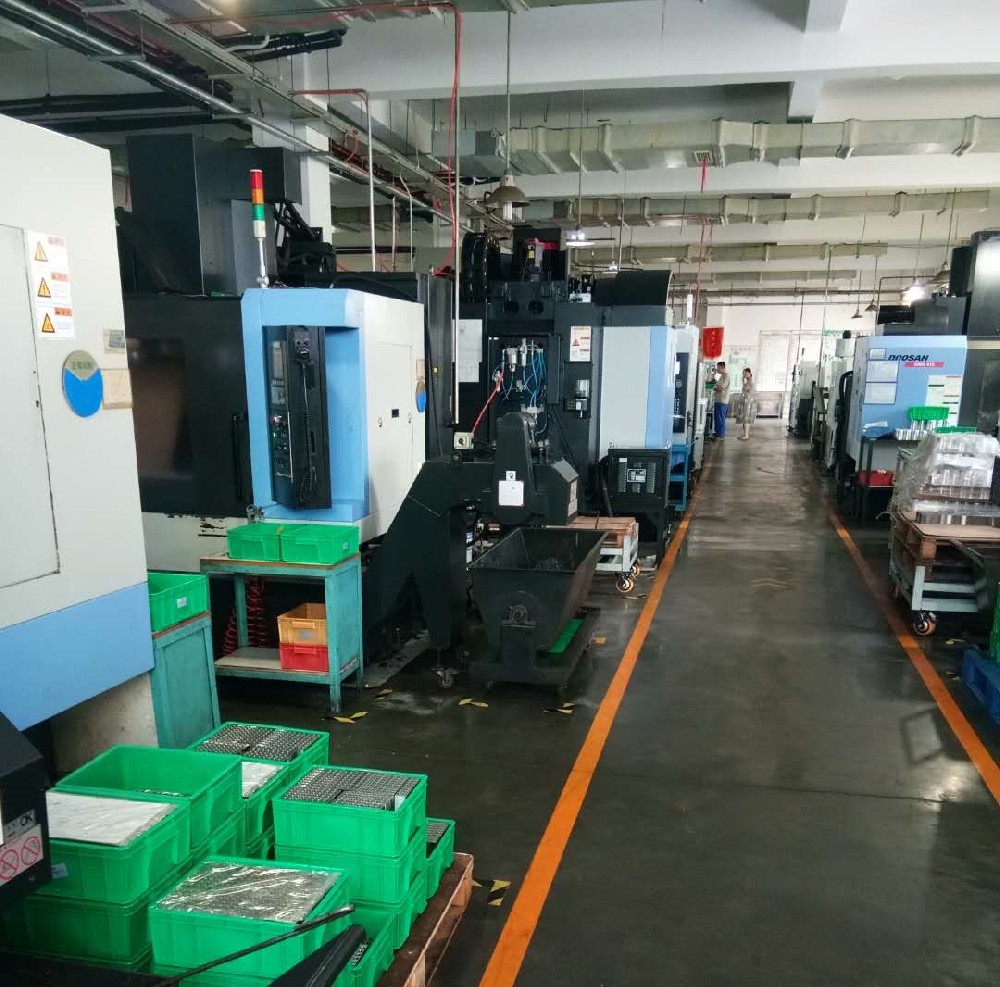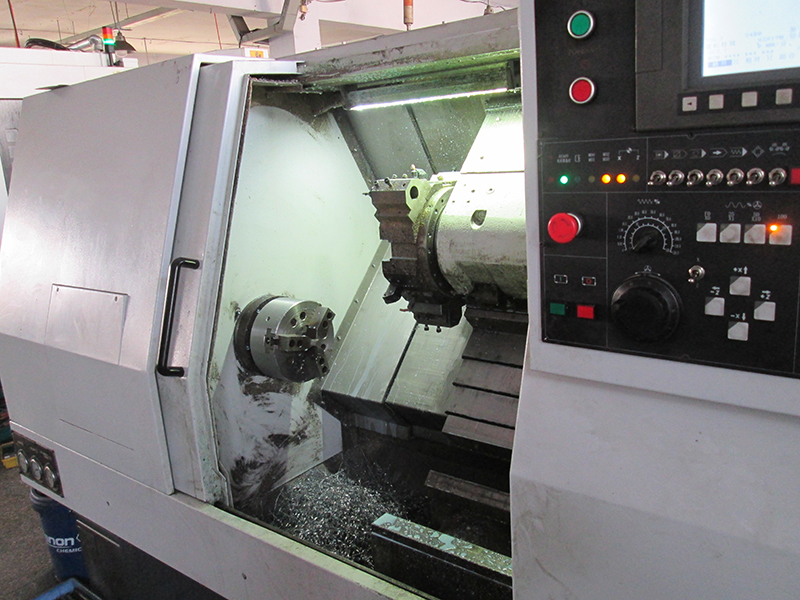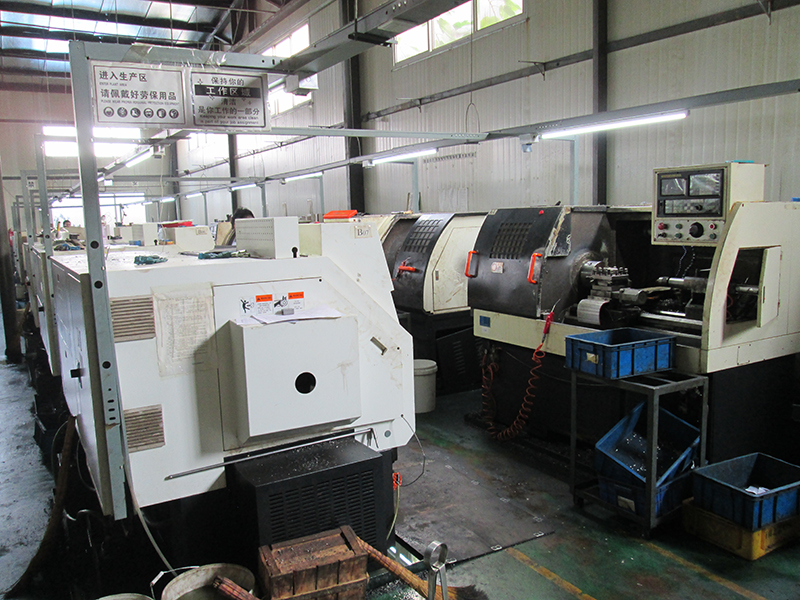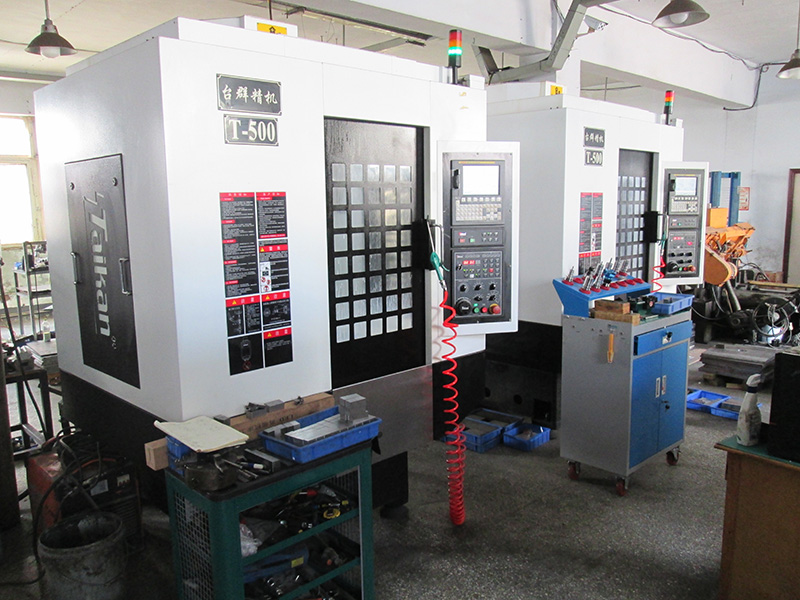ABOUT


Qingdao Xiangchengde Machinery Co.,ltd
We are a professional Chinese manufacturer of Hydraulic manifold, brass fittings and hydraulic fittings and hydraulicadaptors. The technical team have 40 years experience in this area , we will provide a professional product for you .We also can do OEM and process according to sample or drawing for customers.The fitting is made in china , but serive all the world . We will be the best chinese fitting manufacutrer .Company Features1. Good Quality2. Best Service3. Customer Satisfaction4. Professional Technical ......









